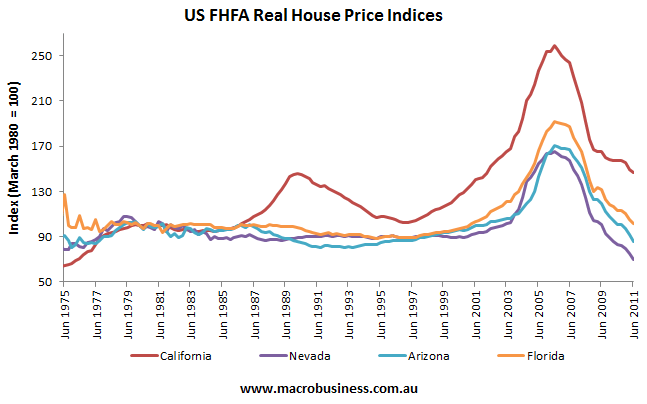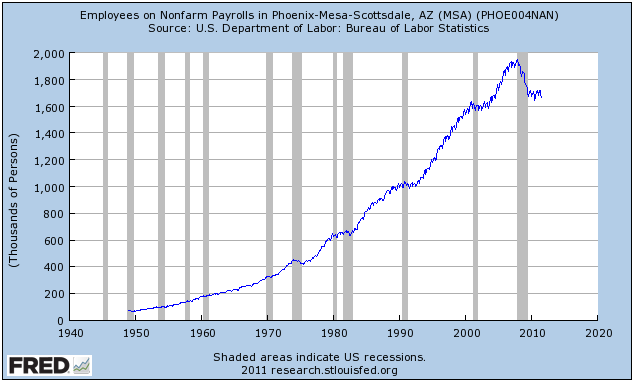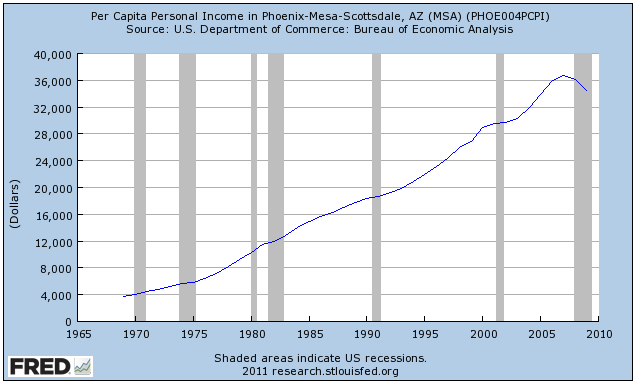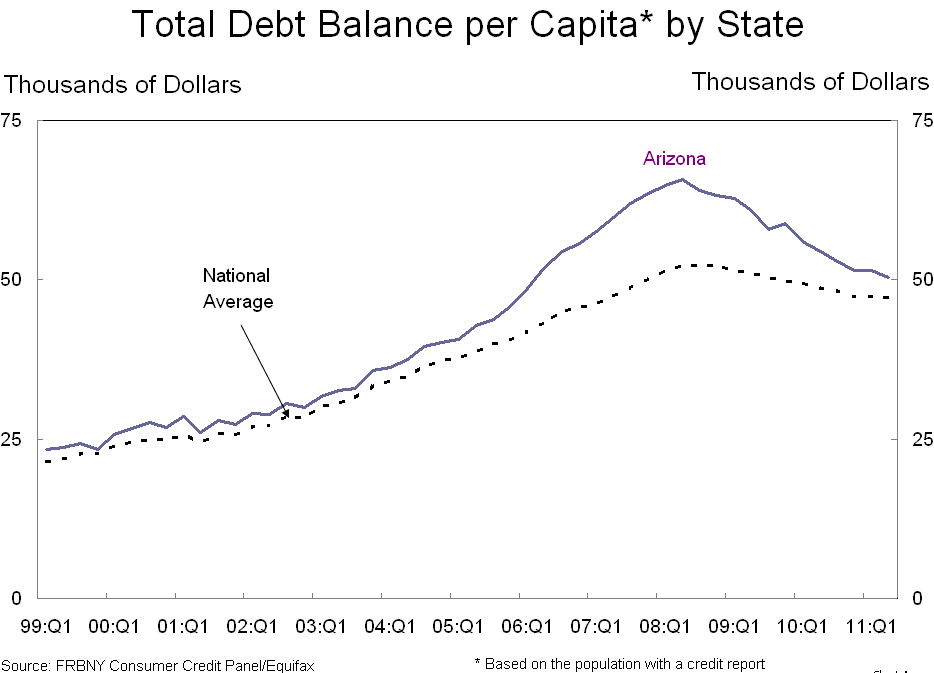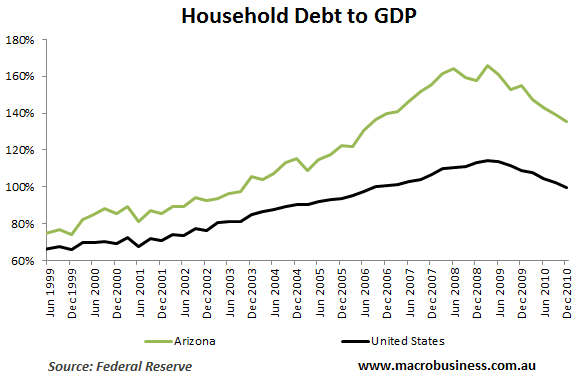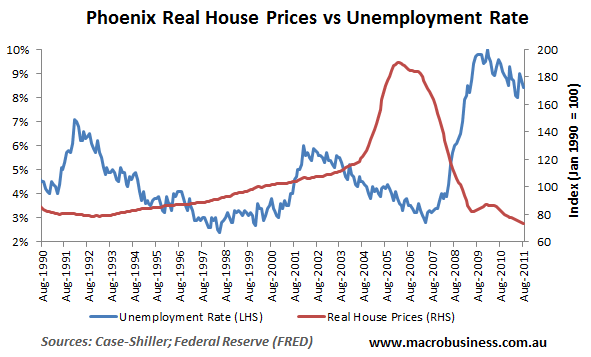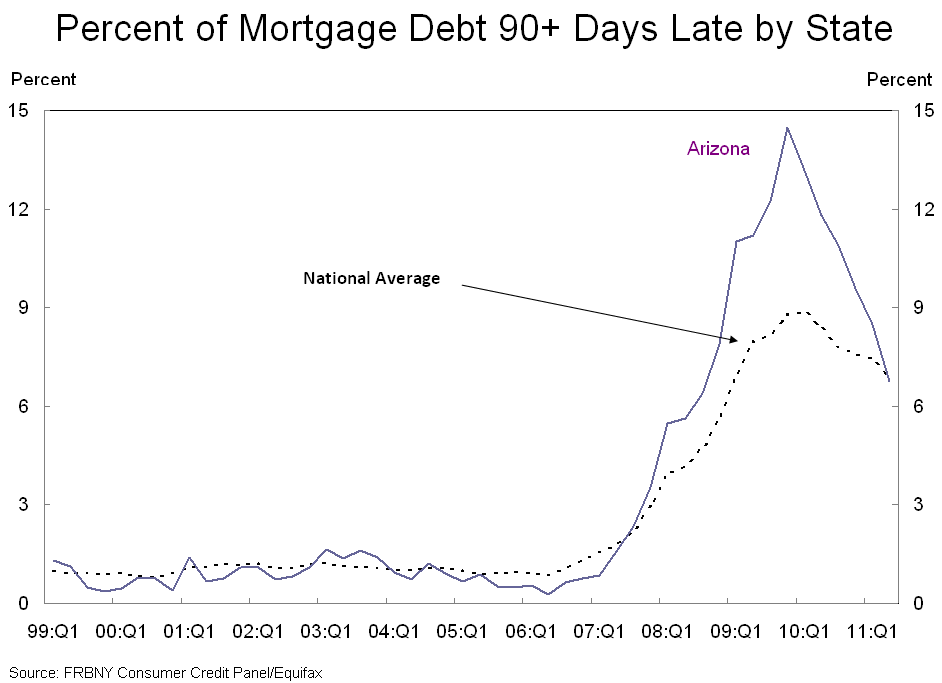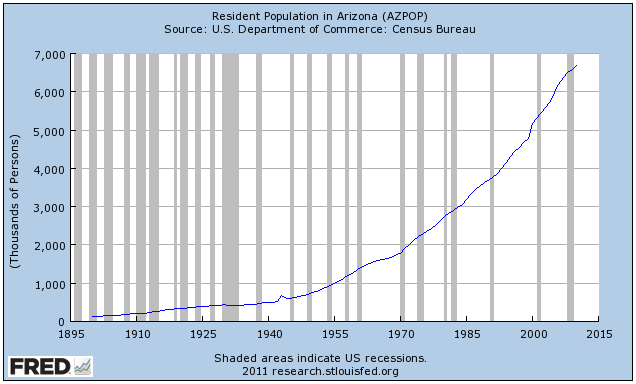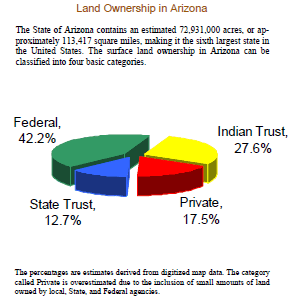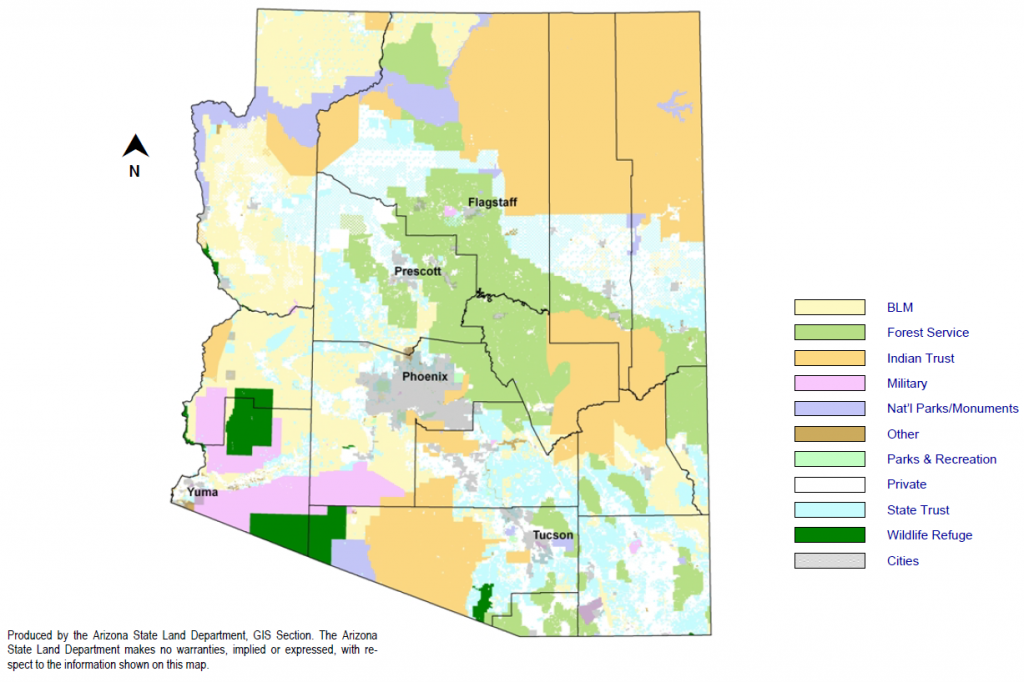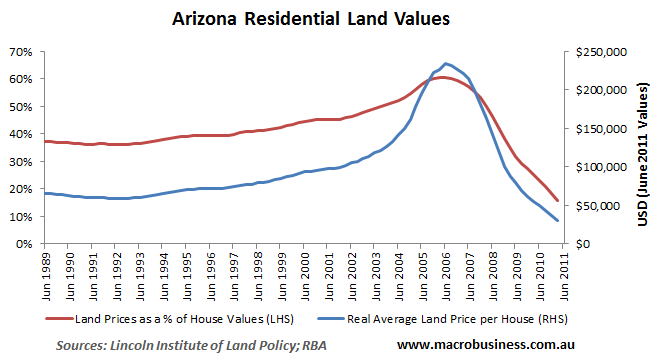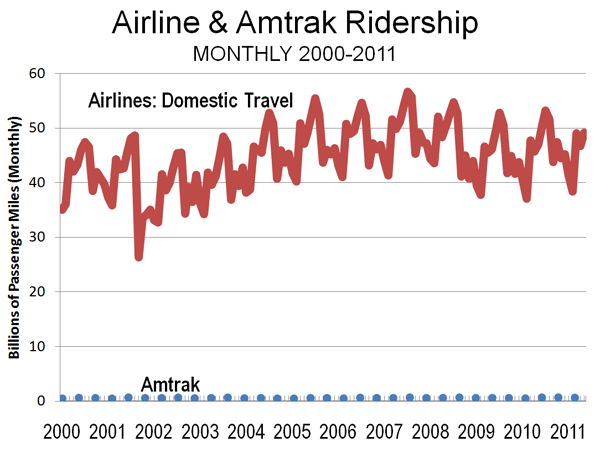A business plan released on November 1 by the the California High-Speed Rail Authority (CHSRA), has placed the price tag for the LA-SF bullet train project at $98 billion--- trippling the $33 billion estimate provided in 2008 in the voter-approved Proposition 1A. At the same time, the date of project completion has been pushed back by 13 years -- from 2020 to 2033.
California state legislators who must soon decide whether to proceed with the high-speed rail project are facing an increasingly skeptical climate of opinion. A growing body of their colleagues who formerly supported the rail authority, including state Senators Alan Lowenthal, Joe Simitian and Mark DeSaulnier, have been shocked by the new estimate and have begun to question the wisdom of proceeding with the project. Other legislators intend to go further. State Sen. Doug LaMalfa said he will sponsor a bill to put the voter-approved rail project back on the ballot. House Majority Whip Kevin McCarthy announced that he will introduce legislation that would freeze federal funding for the project for one year so that congressional auditors can review its viability.
At the federal level, chances of further funding for the California project are judged to be negligible, with Congress having virtually zeroed out high-speed rail funds in the FY 2012 federal budget.
At the same time, the bullet train is rapidly losing public support. Nearly two-thirds of California's likely voters would, if given a chance, stop the project according to a recent opinion survey. Organized opposition within the state is widespread. Public interest groups and watchdog coalitions such as Californians Advocating Responsible Rail Design (CARRD), the Community Coalition on High-Speed Rail, the California Rail Foundation, and the Planning and Conservation League have repeatedly challenged the Authority's cost estimates, ridership projections and rail alignments. They have testified against the project in public hearings and taken the Authority to court. Recently, they scored a legal victory when a state judge ruled that the Authority has to reopen and revise its environmental analysis of a controversial alignment.
A team of respected independent experts, comprising Stanford economist Alain Enthoven, former World Bank analyst William Grindley and financial consultant William Warren, have reinforced the growing feeling of doubt about the project's viability by challenging the rail authority's assumptions and pointing out the flaws in its business plan.
Finally, at both the national and state levels, the bullet train project is receiving an increasingly skeptical press scrutiny. Nearly every newspaper in the state (with the exception of the LA Times and SF Chronicle) has turned critical. News services, notably California Watch (founded by the Center for Investigative Reporting) and investigative reporters, such as SF Examiner's Kathy Hamilton, Mercury News' Mike Rosenberg and OC Register's Steve Greenhut are providing incisive critical analysis to counter the steady flow of publicity generated by the Authority and its supporters.
Critical commentaries in mainstream press vastly outnumber favorable stories. Here are three examples:
The Train to Neverland
The Wall Street Journal , November 12, 2011
California's high-speed rail system is going nowhere fast
The Washington Post, November 13, 2011
High-Speed rail depends on $55B in federal funds
California Watch, November 12, 2011 (by Ron Campbell and Lance Williams)
Ken Orski has worked professionally in the field of transportation for over 30 years.
~~~~~~~~~~~~~~~~~~~~
Note: the NewsBriefs can also be accessed at www.infrastructureUSA.org
A listing of all recent NewsBriefs can be found at www.innobriefs.com
